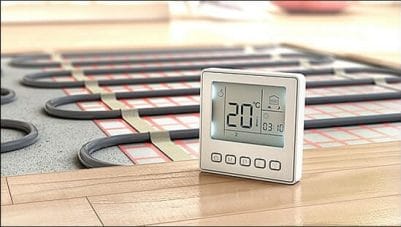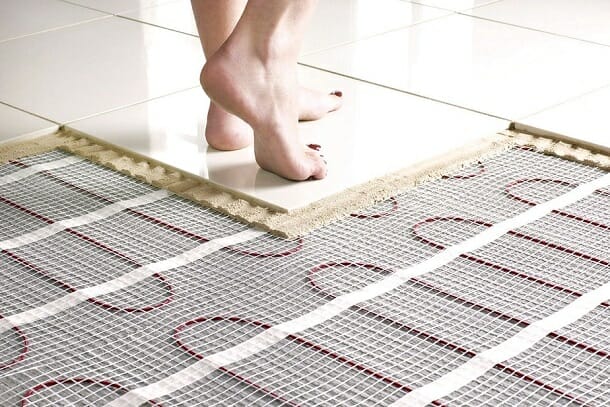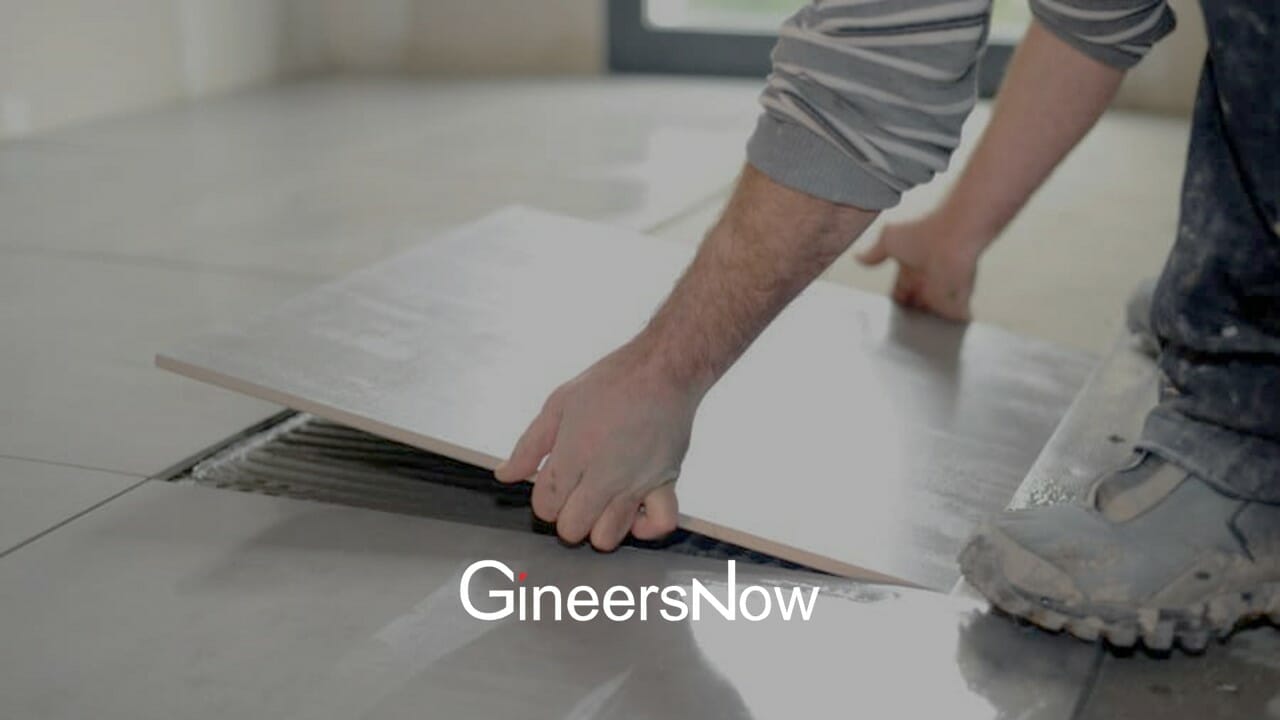Underfloor Heating
Few home improvement measures are quite so effortlessly luxurious as an underfloor heating system. It’s something that you’ll find in plush kitchens and bathrooms, and it offers a level of comfort that really elevates the home as a whole.
And yet, we only tend to find this improvement in a minority of homes, and the standard radiator hasn’t gone anywhere just yet. So is it worth the effort to get underfloor heating installed? Let’s examine the issue.
Energy Efficiency
Underfloor heating comes in two varieties. There are electrical systems, which consist of a thin sheet of heated filament, and there are water-based ones, which require a system of pipes weaving underneath your tiles. The water in a traditional radiator needs to be made much hotter, as it’ll need to spread to fill the entire room. The water in an underfloor system, by contrast, only needs to be just above room temperature. The heat will move directly upward, thereby warming the entire room consistently, meaning no cold spots. Properly balanced, a system of this sort confers marked advantages over the traditional radiator-based kind.

More Space
A room with underfloor heating doesn’t need to have radiators in it as well, meaning that you’ll be able to do just about anything you like with the walls. Given the amount of wall space that radiators consume, you might be surprised at the amount of extra spaciousness that the move generates. With that said, there are some good-looking radiators on the market, so it might be that wholesale change is unnecessary.
Luxury
What better feeling is there than heading down into the kitchen on a cold winter’s morning, only to find that the tiles beneath your bare feet are toasty warm? It’s this level of comfort that really helps to sell systems of this sort.
Cost
The big obstacle for many homeowners is the cost of entry. While electric systems tend to be less expensive to get down in the first place, they don’t offer quite the same efficiency as their water-based counterparts. You can expect to pay a few hundred for the former, and more than a thousand for the latter.
Time
In the case of a water-based system, you’re in for a wait of several weeks. The pipes need to be installed, and the screed (the concrete-like substance which sits around the pipes) needs time to cure. Electric systems can be put down more quickly, but there’s still a wait to contend with. You can contact a reputable firm like City Plumbing for an estimate that’s based on your project.
Invasiveness
Installing underfloor heating will involve tearing up your existing floor, meaning that it’s worth getting it done while other renovations are taking place. Moreover, the installation of a heated system will raise the height of the floor by several centimetres, especially if you install insulating material underneath. As such, this is an option that’s mostly suited to new builds and extensive refits.














